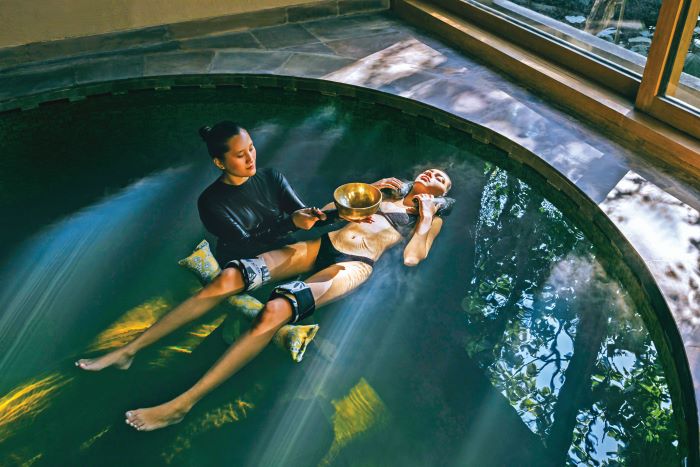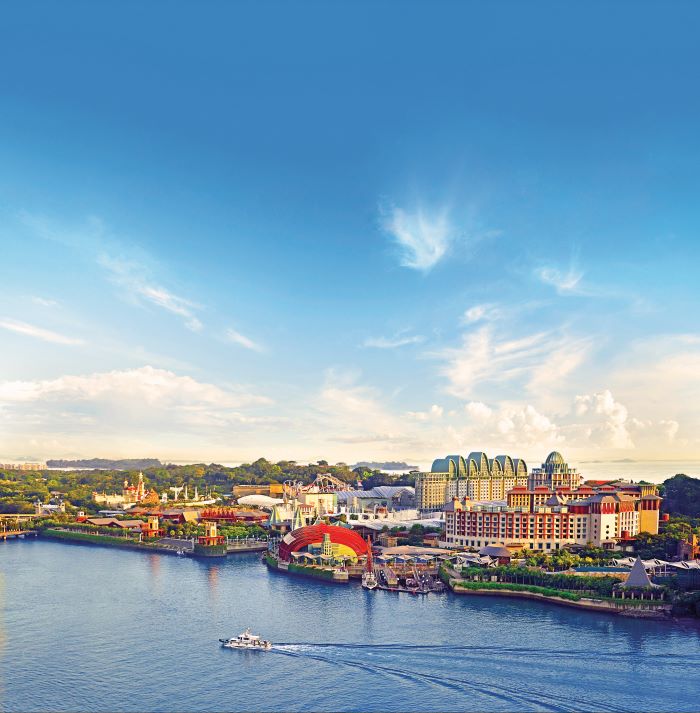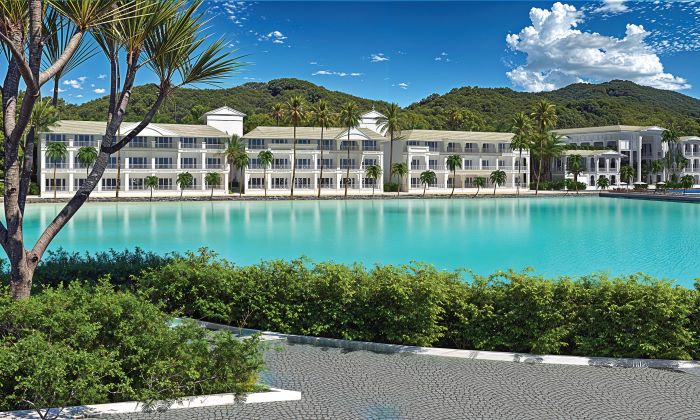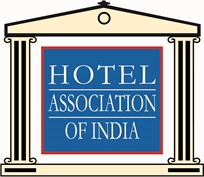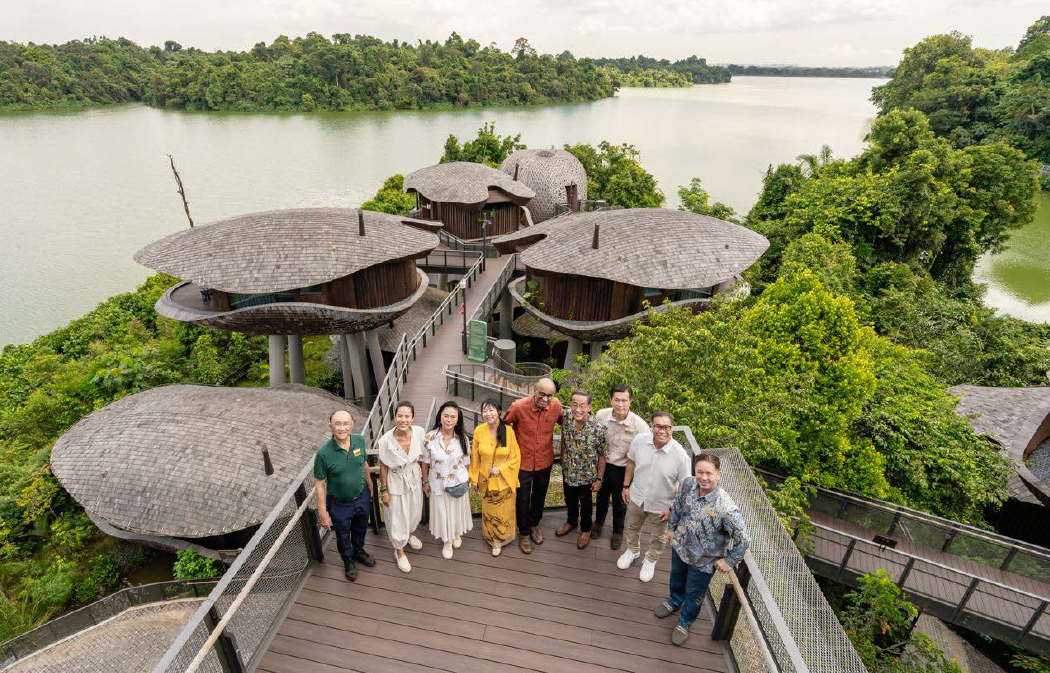The hotel industry is embracing wellness-centric experiences amidst rising demand from business travellers as well as zen seekers.
Ananya Kukreja
Hotels and resort spas contribute US$82 billion to the global wellness economy, according to the Global Wellness Institute. The Indian travel market is experiencing a surge in wellness resorts, showcasing the country’s diverse culture, heritage, landscapes, and ancient wellness traditions.
“With an increasing focus on holistic well-being and lifestyle choices, there is a growing demand for wellness-centric experiences among domestic and international travellers,” Rubin Cherian, General Manager, Novotel Hyderabad Convention Centre & HICC, said.
The trend has expanded to multiple states and cities, with Rishikesh emerging as top destination for travellers seeking wellness. Post-COVID introspection has led to increased demand for spa and wellness experiences, with domestic demand increasing and business travellers keen to indulge in spa and wellness experiences curated by hotels.
Guest choices are diverse; a recent observation has shown that late night and evening slots have become popular in the spas and salons. As a result, frequent business travellers exhausted from a long day’s work frequently carve out a few hours to unwind at spas, rejuvenating their minds and bodies before their next meeting.
“Awareness about wellness has increased drastically post-pandemic, even more so than pre-COVID,” Vinaya Jadhav, Director, Spa, JW Marriott Mumbai Sahar, said. While global treatments are popular, Ayurveda holds its own unique charm.
Of late, it has been witnessed men prefer spa services and women contribute equally to skincare treatments. Spa vouchers are becoming popular gift items and party favours, enhancing a hotel’s reputation through positive word of mouth. Spas are also gaining poularity as venues for intimate get togethers such as bachelorette parties and baby showers.
With the global rise of wellness travel, spas are poised for continuous future growth and increased marketability. In today’s hospitality market, spas are no longer viewed as a ‘nice to have’ supplementary facility, but rather as a core element of the guest experience. They not only drive demand but also serve as an untapped source of profits.
“The number of business leisure travellers is steadily increasing within the spa segment. It is incumbent upon us to capitalise on this demand to generate revenue and enhance guest attraction and retention,” Surbhi Gaur, Spa Manager, Grand Hyatt Mumbai, shared. A holistic spa offering can increase a hotel or brand’s average spending per guest. On an average, the spa department of a hotel contributes about 7.4 per cent to the hotel’s total revenue. An efficient hotel recognises the potential of this integral department and leverages it for growth and market penetration.
“There is a rising interest in tailored programmes toward relaxation and rejuvenation,” Vinayak Rao Karri, Spa & Wellness Manager, Radisson Blu MBD Hotel Noida, said. “The hotel industry should prioritise promoting self-care within its spa department by directing marketing efforts toward its concept and purpose. The Average Treatment Rate (ATR) can serve as an alternative to the Average Daily Rate (ADR) in the spa industry, allowing for dynamic pricing. This entails offering value-added deals during low-demand periods and charging higher rates during peak periods. Spa services are perishable, with limited inventory, and any missed revenue potential after a treatment hour has passed is irrecoverable. By analysing ATR and treatment room utilisation, the spa industry can support dynamic pricing and capitalise on the spa department’s potential,” Karri added.
Spas are increasingly adopting yield management strategies, implementing variable price points on weekdays and weekends, during high and low occupancy periods, and based on whether a treatment was booked in advance or by a walk-in customer. Treatment Room Utilisation (TRU) is another metric used to assess spa profitability, with most spas operating at 40–60 per cent TRU. However, mornings typically experience low demand, with most treatments sold from late afternoon until closing. Many hotels are adjusting their spa timings to maximise guests’ preferences.
Therapist utilisation is another metric used to measure demand in a spa. High therapist utilisation may indicate insufficient staffing levels, while low utilisation may suggest overstaffing, impacting spa labour costs and profitability. Optimal therapist utilisation requires effective scheduling and sales efforts. This metric may vary depending on the spa’s positioning and type. For instance, in a luxury hotel spa, additional time may be allocated for complimentary pre and post-treatment consultations, which may reduce therapist utilisation but ensure high guest satisfaction and add incremental value to the spa facility.
Other metrics used to determine a spa’s performance include revenue per available treatment room, spa revenue per guest, spa revenue per occupied room, and guest capture rates.
Offering value-added treatments with pre and post-consultations can enhance a spa’s premium position and improve the hotel’s understanding of guests. Spas should allocate sufficient time between treatments to spend with guests and recommend the best-suited products and services. Programmes such as therapist consultations and personalised home care recommendations can encourage consistent use of spa-exclusive products. Incentivising staff and therapists can improve overall engagement, increase product rotation, and boost retail sales growth.
Marketing efforts can be event-related or calendar-related, incorporating themes and customisation for seasons and celebrations. Nearly 20 per cent of the existing customer base can generate up to 80 per cent of future spa profits. To enhance repeat guest ratios, consider launching a loyalty programme, encouraging re-booking, personalising the guest experience, providing value-added offers, and rewarding staff. This strategy can help attract and retain customers, ultimately leading to increased profits.
There are endless possibilities for how one may improve their wellness sales; ultimately, hotels feel a sense of pride in contributing to an individual’s wellness journey and providing guests with an opportunity to ‘take a break’ amidst the hustle and bustle of city life.
“With an increasing focus on holistic well-being, there is a growing demand for wellness-centric experiences.”
Rubin Cherian, GM, Novotel Hyderabad, Convention Centre & HICC
“Awareness about wellness has increased post-COVID, more so than pre-COVID.”
Vinaya Jadhav, Director, Spa, JW Marriott Mumbai Sahar
“The number of bleisure travellers is steadily increasing within the spa segment.”
Surbhi Gaur, Spa Manager, Grand Hyatt Mumbai
“There is a rising interest in tailored programmes toward relaxation and rejuvenation.”
Vinayak Rao Karri, Spa & Wellness Manager, Radisson Blu MBD Hotel Noida


